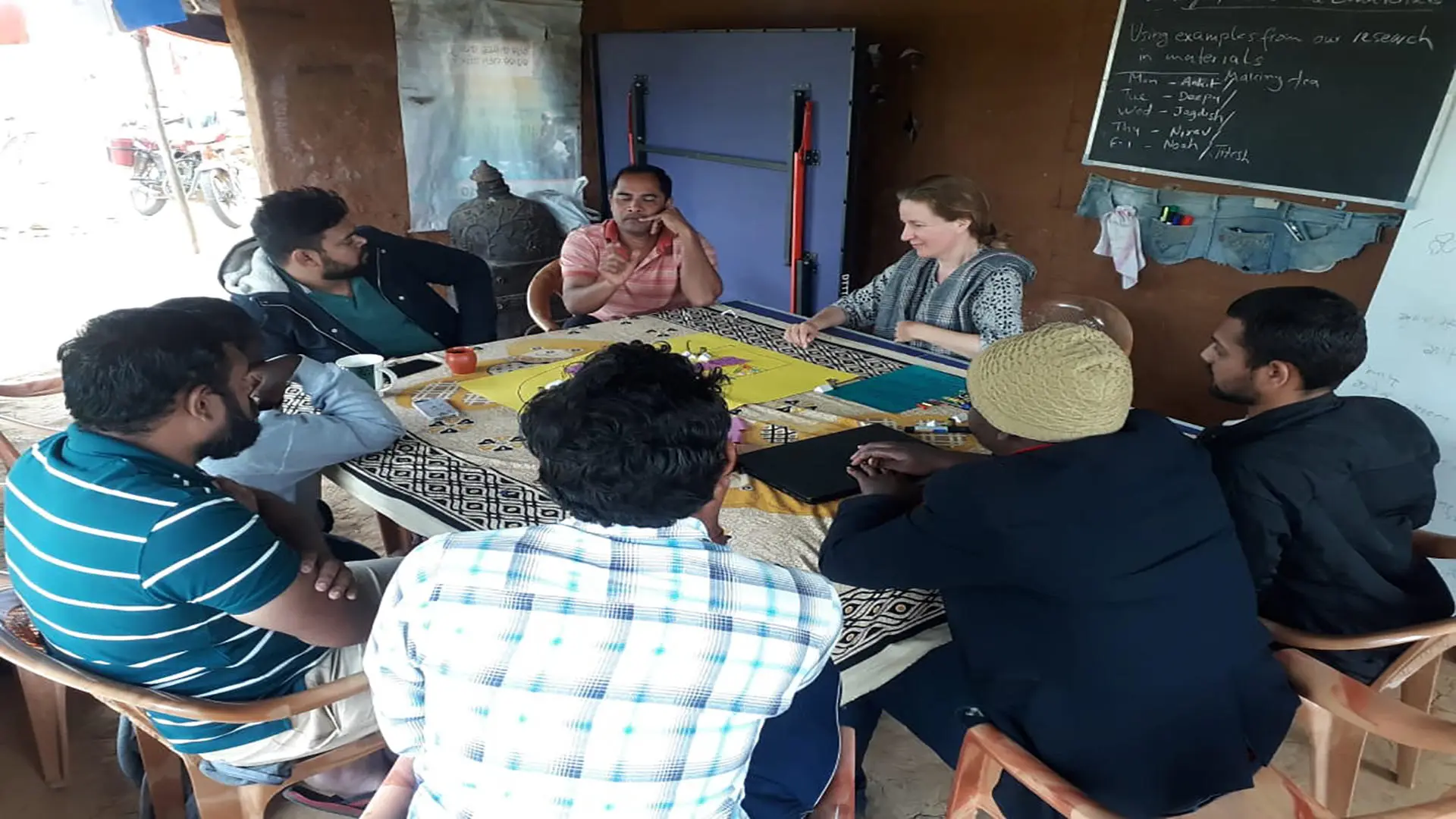In many countries of the Global South, marginalisation of deaf learners in education begins in schools. Resources for teaching through sign language are scarce, even though this is the only fully accessible language modality for deaf children.
This project, led by Professor Ulrike Zeshan at the International Institute for Sign Languages and Deaf Studies, has improved educational attainment and professional development for deaf sign language users in Ghana, India and Uganda.
Our ‘peer-to-peer deaf literacy/multiliteracies’ approach has used deaf people’s own resources, as we involved deaf individuals in the design of grassroots approaches to teaching and learning. Young people's everyday experiences and existing literacy practices have been the basis for developing ‘multiliteracies’. This means a range of multilingual and multimodal capacities, including sign language, reading/writing, and digitally mediated remote communication. Our team has trained and employed deaf research assistants and peer tutors, who act independently in the classroom.
In the three countries, 124 young people aged 16-25 and 79 deaf primary school children benefited directly from learning with our deaf tutors. In the research team itself, three deaf researchers from Ghana, India, and the UK have pursued PhD and MA degrees, and we trained an international group of 12 young deaf professionals as resource persons in language and literacy education. This research has also supported policymakers with improving sign language resources. In India, we have collaborated with the National Institute of Open Schooling to introduce Indian Sign Language nationally as a school subject on the high school curriculum, at par with spoken Indian languages.
Academic team
- Professor Ulrike Zeshan
- Jenny Webster
- Sibaji Panda
- Dr Daniel Waller
- Dr Eilidh Rose McEwan

